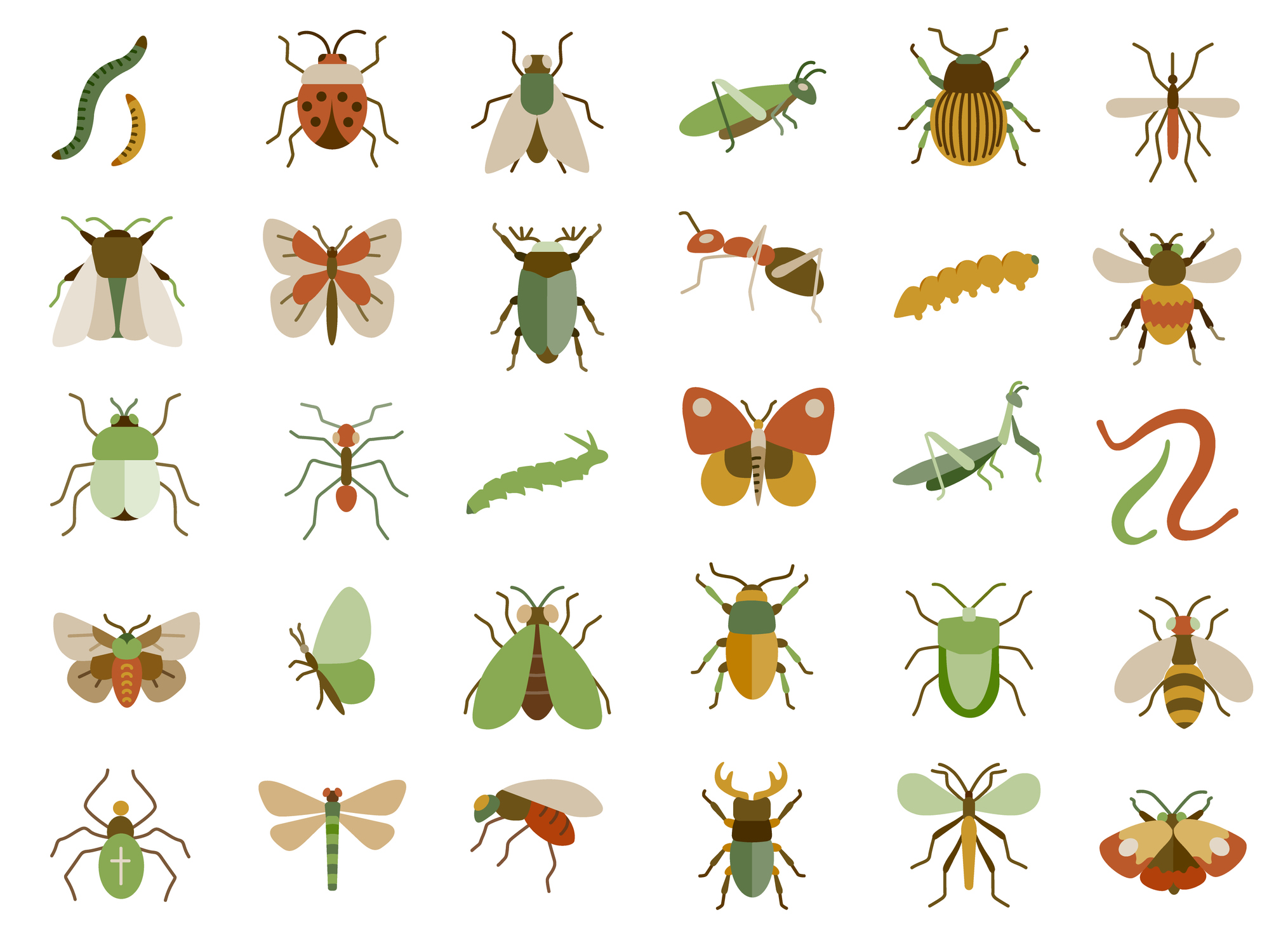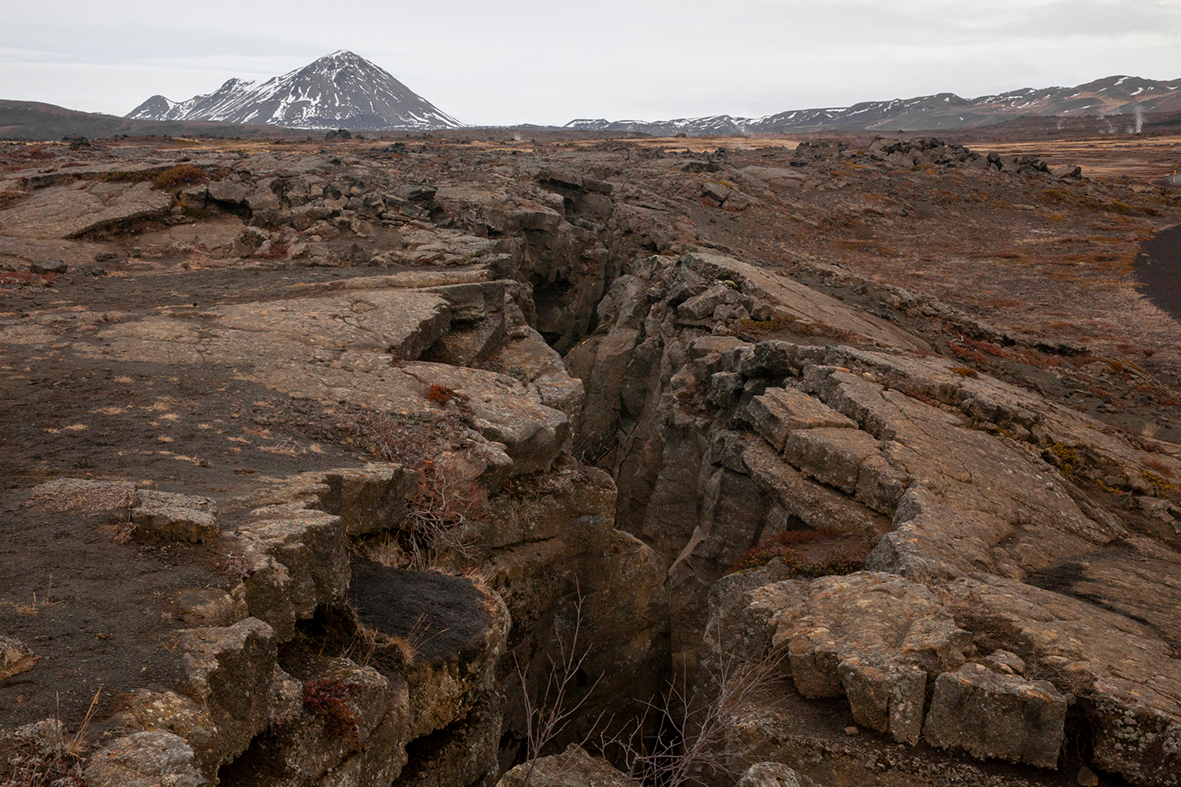Learning objective
Knowledge
- To recognise and describe different habitats and their inhabitants.
Working scientifically
- To gather, record, classify and present data.
Success criteria
Knowledge
- I can recognise that different living things live
This content is for subscribers only. Join for access today.
National curriculum
Science
Living things and their habitats
This content is for subscribers only. Join for access today.
Cross-curricular links
English
Reading – comprehension
Pupils
This content is for subscribers only. Join for access today.
Before the lesson
This content is for subscribers only. Join for access today.
Lesson plan
Recap and recall
Arrange the class into groups of three and distribute three sticky notes and one set of the Resource: Vertebrate cards from Lesson 1: Grouping living things: Vertebrates and invertebrates to each group. Instruct each group member to secretly write the name of one of the vertebrates from the cards onto their sticky note and stick…
This content is for subscribers only. Join for access today.
Extended-mode explainer videos
How to extend your display to view the lesson page and preseantion mode simultaneously. Choose your operating system below to watch the video
If you need further support with extending your display,
please contact [email protected].
Extended-mode explainer video: For Mac
Extended-mode explainer video: For Windows
Adaptive teaching
Pupils needing extra support
Could be in the ‘winter’ group as the descriptions are shorter and simpler, requiring less research and detail to the illustrations; could use the Resource: The seasons to check they have the correct details for their season.
Pupils working at greater depth
Should research their season to add extra detail to their page; should explain what would happen to animals and plants in woodlands if there were no seasons and it was summer all year round; should explain what would happen to the animals and plants in woodlands if there were no seasons and it was winter all year round; could choose an extension activity relating to habitats from the Resource: Stretch and challenge: Classification and changing habitats.
This content is for subscribers only. Join for access today.
Assessing progress and understanding
Pupils with secure understanding indicated by: recognising that
This content is for subscribers only. Join for access today.
Knowledge outcomes
- I can describe how the weather changes in the UK over the seasons, from cold, wet and windy in winter to increasingly warm and dry in summer and back.
- I can describe how the behaviour of animals changes in the UK over the seasons, including laying eggs, raising young, storing food, hibernating and migrating.
- I can describe how plant growth changes over the seasons, including the shedding of leaves, growth of new leaves, flowering, fruiting and forming seeds and nuts.
This content is for subscribers only. Join for access today.
Vocabulary definitions
-
seasonal changes
Variations in the environment, climate and organisms that occur over the course of the four seasons (spring, summer, autumn and winter).
-
observe
To watch carefully
This content is for subscribers only. Join for access today.
In this unit
Assessment - Science Y4: Classification and changing habitats
Lesson 1: Grouping living things: Vertebrates and invertebrates
Lesson 2: Grouping living things: Plants
Lesson 3: Classification keys
Lesson 4: Habitats and seasonal change
Lesson 5: Human impacts on habitats
Lesson 6: Natural changes to habitats





